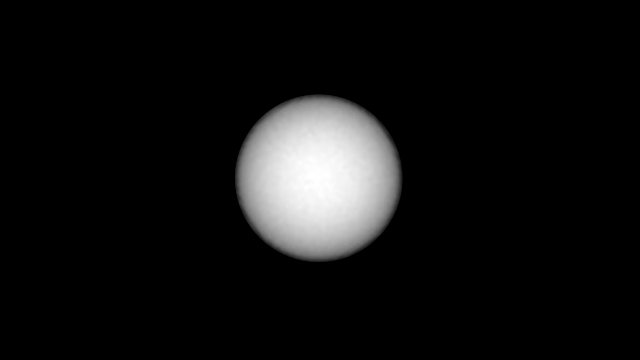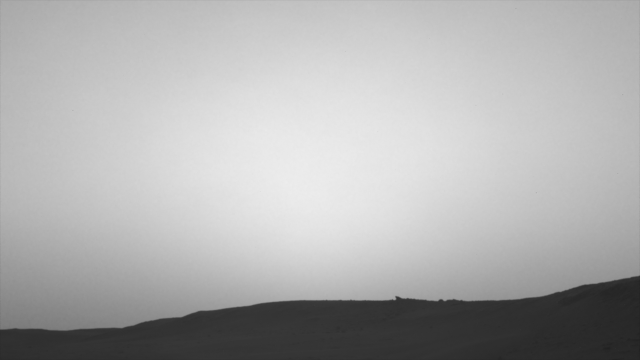NASA's Curiosity Rover Just Saw 2 Eclipses on Mars! Now You Can, Too
NASA's Curiosity rover on Mars got lucky last month and spotted not one but two eclipses — in less than two weeks, one for each of the Red Planet's moons.
The result is two stunning animations of the moons crossing the sun, as well as one showing the brief darkening that the rover itself experienced during the latter of these events.
During the first event, on March 17, Curiosity watched Mars' tiny moon Deimos cross the face of the sun. From the surface of Mars, Deimos is so small in comparison to the sun that this event doesn't technically qualify as an eclipse; it is officially be called a transit instead.
Related: Amazing Mars Photos by NASA's Curiosity Rover (Latest Images)

The second event, on March 26, was more dramatic, a proper eclipse of Mars' larger moon, Phobos. Phobos is about 7 miles (11.5 kilometers) wide, compared to Deimos at just 1.5 miles (2.3 km) across, and Phobos is also closer to Mars than Deimos. The combination of those two factors makes its eclipse much more dramatic than Deimos' transit.
Both sequences were captured by Curiosity's Mast Camera, which is armed with a solar filter that lets it stare directly at the sun. Curiosity and its predecessors, the Spirit and Opportunity rovers, have observed a total of 40 eclipses by Phobos and eight transits by Deimos.

Each set of observations helps scientists further refine each moon's orbit of Mars — when the rovers first started watching for eclipses, scientists' estimates for where Deimos should be were about 25 miles (40 kilometers) off.
Get the Space.com Newsletter
Breaking space news, the latest updates on rocket launches, skywatching events and more!
"More observations over time help pin down the details of each orbit," Mark Lemmon, an atmospheric scientist at Texas A&M University in College Station, said in a statement. "Those orbits change all the time in response to the gravitational pull of Mars, Jupiter or even each Martian moon pulling on the other."

At the same time Mastcam was capturing its images of Phobos eclipsing the sun, another Curiosity instrument, its navigation cameras, watched the scene unfold on the Martian surface.
The eclipse came during twilight at the rover's perch near Mount Sharp, so the sun was below the horizon. Curiosity's cameras spotted the moon's shadow cast against the light streaming up.
While this sequence isn't as helpful as the solar disk sequences, it has a different type of appeal, Lemmon said. "Eclipses, sunrises and sunsets and weather phenomena all make Mars real to people, as a world both like and unlike what they see outside, not just a subject in a book."
- How NASA's Opportunity and Spirit Rovers Changed Mars Exploration Forever
- Curiosity Rover Sees Stunning Blue-Tinted Sunset on Mars (Video)
- See Mars Rover Curiosity's Parting Glance of Mountain Ridge (360 Video)
Email Meghan Bartels at mbartels@space.com or follow her @meghanbartels. Follow us on Twitter @Spacedotcom and on Facebook.
Join our Space Forums to keep talking space on the latest missions, night sky and more! And if you have a news tip, correction or comment, let us know at: community@space.com.

Meghan is a senior writer at Space.com and has more than five years' experience as a science journalist based in New York City. She joined Space.com in July 2018, with previous writing published in outlets including Newsweek and Audubon. Meghan earned an MA in science journalism from New York University and a BA in classics from Georgetown University, and in her free time she enjoys reading and visiting museums. Follow her on Twitter at @meghanbartels.









